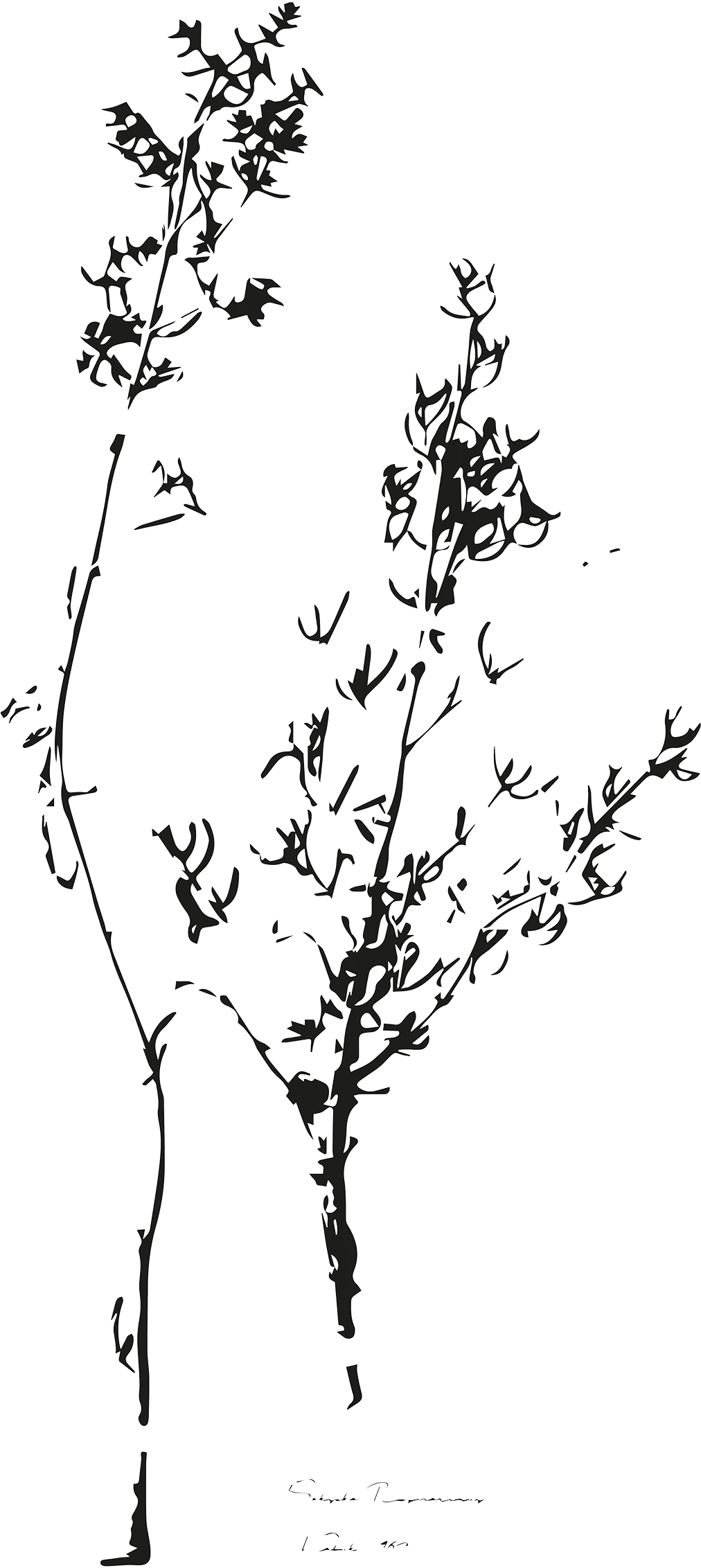Soqotra: The Evolution of an Alien Island

Fig 1. Soqotra: The Evolution of an Alien Island [source unknown]
Give a child a packet of crayons and tell them to draw a fantasy island, and they might well conjure up the Yemeni island of Soqotra.
Soqotra is sparsely populated island of jagged mountains, pristine white beaches, and one of the densest concentrations of unique plants and animal species found anywhere on the planet.
War on the Yemeni mainland has left Soqotra largely cut off from the outside world, and the reason why you probably can’t point to Soqotra on a map.
To reveal the island’s extraordinary secrets, I caught up with Alan Forrest of the Centre for Middle Eastern Plants (part of the Royal Botanic Garden Edinburgh), and one of the world’s leading experts on Socotra’s plant life.
What is most unusual about Soqotra, Alan explained, is the extent of endemism on what is a very small island. Over a third of Soqotra’s plant species, more than 90% of its reptiles and 95% of molluscs are unique to the island.

Fig 2. The cucumber tree, and dragon's blood tree - two iconic plants unique to Soqotra [source unknown]
And what’s more, the plants and animals on Soqotra are, in the words of Alan ‘just so weird’. These include swollen-trunked bottle trees such as the cucumber tree and the Socotra fig (Dorstenia gigas – not really a fig at all!), as well as the striking Dragon’s blood tree which looks like a giant umbrella blown inside out.
Soqotra is also home to a unique iridescent Tarantula called the Blue Baboon coveted by collectors, as well as truly bizarre looking legless lizards, and numerous endemic species of crab.
So why did Soqotra’s animal and plant life evolve in such a unique way?
Alan admits this question remains difficult to answer.
Fig 3. The Egyptian Vulture [source unknown]
For a start Soqotra is not a volcanic island, but rather was formed when the African and Arabian land masses broke away from each other more than 20 million years ago. Sitting only 170kms off the coast, it is also nowhere near as isolated as its points of comparison.
Answers for Soqotra’s unique evolution may be found in the extraordinary diversity of Soqotra’s topography with high mountains, arid lowlands and sheltered coastal environments all packed into a small geographic area, as well as the effects of a double monsoon climate system.

Fig 4. The Blue Baboon Tarantula, endemic to Soqotra [source unknown]
Soqotra’s environment has also been largely protected from damaging human interference until relatively recently.
Socotra’s island population remains small (around 60,000), and was a barter only economy as late as 1990. This meant the local population developed a deep and sustainable relationship with the island’s local plant-life.
The Royal Botanic Garden Edinburgh along with linguist and ethnographer Miranda Morris documented more than 60 different categories of ways in which plants were used on the island, from specific sorts of animal feed, medicine, building materials and fish traps all the way through to condoms for goats!
As a result of the islanders relatively low-impact existence on the island, scientists believe the islands have lost none of their endemic birds, reptiles, or molluscs in the last century; compared to the Hawaiian Islands which have lost nearly one-third of their endemic birds.

Fig 5. Soqotra's double monsoon system may help explain Soqotra's unique evolutionary path [source unknown]
However, Soqotra’s precious environment may not be spared for long. Despite the Island’s unique assets, Soqotra remains one of the poorest parts of a nation where 75% of the population is in need of humanitarian assistance.
This has made the promise of mass tourism all the more beguiling. While strategic tourism has enormous potential to bring much sought after benefits to the island, uncontrolled mass tourism would have a catastrophic effect on Soqotra’s delicate natural habitats.
Yemen’s ongoing civil war has perversely kept this risk at bay, and for now this other-worldly island remains one of the world’s best kept secrets. Just please don’t tell.
For more information about the Island visit this project by the Royal Botanic Garden Edinburgh, documenting Soqotra’s unique cultural heritage.

Fig 6. The Blue Baboon Tarantula, endemic to Soqotra [source unknown]






